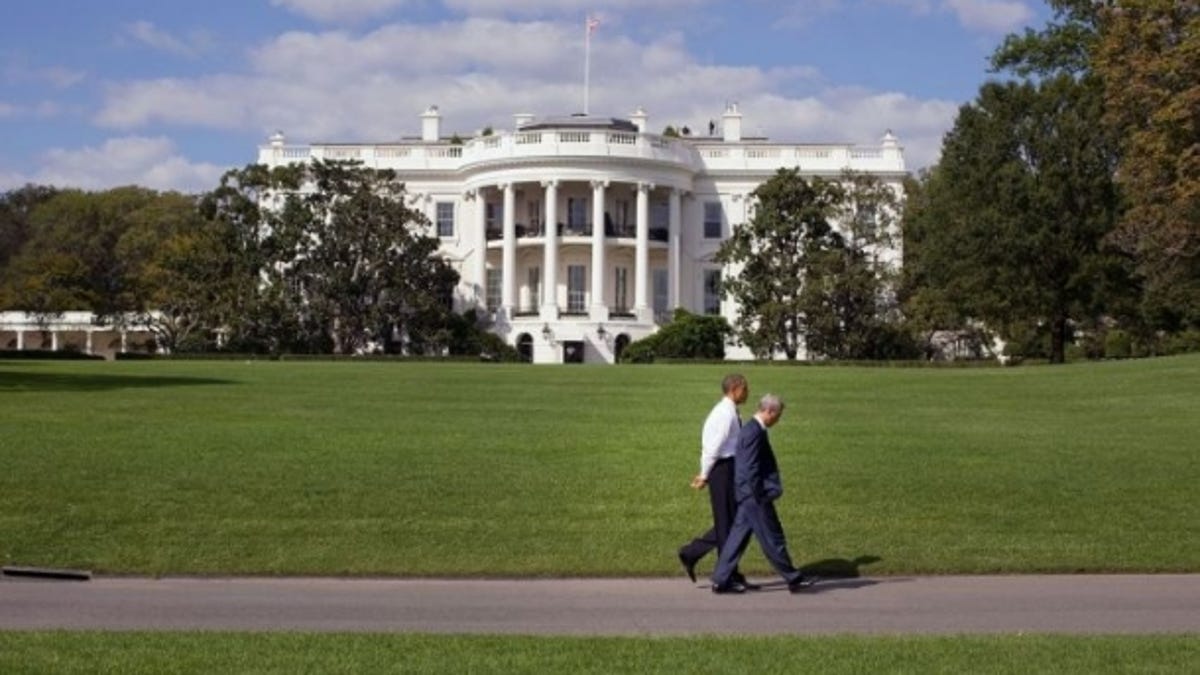White House aims to boost U.S.-made high-tech materials
At a ceremony, the Obama administration, along with dozens of corporate, academic, and research partners, touts the Materials Genome Initiative.

"Made in USA." That's a designation that President Barack Obama and dozens of American companies, universities, and research labs want to apply to a new generation of high-tech materials, the White House said today.
As part of its Materials Genome Initiative, the Obama administration and partners in business, academia, and national labs are pushing the fast and efficient development and utliization of a wide range of new advanced, American-made materials. The goal is to cut the time it takes to discover, develop, and deploy these new materials in half, the White House said.
The theory behind the initiative is that American business needs an influx of new, high-tech materials that can affect fields from auto manufacturing to food packaging to the development of bullet-proof vests for police, but can't afford to wait decades for these innovations to come along, as has often been the case in the past. Instead, action is required by the major stakeholders in the material science development ecosystem to change how things are done, the administration argued.
As part of this overall effort, 60 companies and universities have signed on to promote the Materials Genome Initiative through their various work. At the same time, Lawrence Berkeley, Argonne, and Oak Ridge National Labs have come together to create the new Joint Materials Genome Institute, and Harvard is employing both IBM's World Community Grid and a relationship with Wolfram Research to "openly disclose the properties of 7 million newly discovered molecules."
Also, in a boost to education, Autodesk said it would open up a proprietary library of 8,000 materials to universities, "which will complement their open access education modules in advanced materials."
And finally, 10 federal agencies taking part in the National Nanotechnology Initiative have rolled out what the White House termed a "signature" system meant to "stimulate the development of models, simulation tools, and databases that will enable the prediction of specific characteristics of nanoscale materials."
"Today, it can take 20 years or more for a newly discovered material to be incorporated into commercial products," the White House said in a Materials Genome Initiative fact sheet. "This pace is far too slow given the range of urgent challenges that high-tech materials can help address, including making vehicles safer and lighter; creating packaging that keeps food fresher and more nutritious; and producing lightweight, bullet-proof vests for law enforcement officers and soldiers. New materials are also a major part of the American manufacturing enterprise -- a central feature of the Nation's economy that generates innovation, opportunities, and jobs."
Clearly, the administration is hoping that an effort like this will be seen as a sincere attempt at drumming up new American business and employment, something it obviously needs more of during a presidential election that will almost certainly be decided on the electorate's perception of the state of the economy and the Obama's record of job creation.

